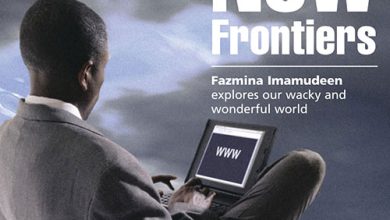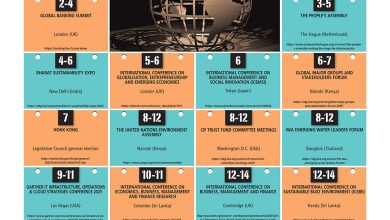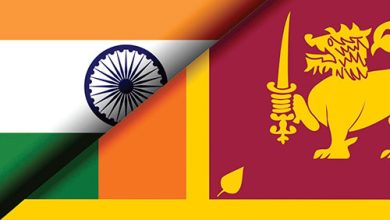GLOBAL HEALTH
FIGHTING DISEASE ACROSS THE PLANET
Saro Thiruppathy examines the role of the WHO when pandemics cause havoc around the world
Once again, WHO is in the spotlight as the novel coronavirus a.k.a. COVID-19 spreads fast and wide across the globe, and people panic. The World Health Organization, which was established in 1948, is a specialised UN agency with the responsibility of handling global health through the direction and coordination of international healthcare.
The agency is also responsible for controlling the spread of disease in case of epidemics and pandemics. And it has had many successes (such as the eradication of smallpox) as well as monumental failures (e.g. the delayed response to the 2014 Ebola outbreak in West Africa).
According to its mandate, WHO is responsible for developing partnerships with other global healthcare initiatives, setting norms, providing technical support and monitoring world health trends.
The UN agency subsequently expanded its focus to include women’s and children’s health, nutrition and sanitation, and fighting tuberculosis and vector borne diseases such as malaria.
PHEIC DECLARATION Another important responsibility of the World Health Organization is the declaration of PHEIC (Public Health Emergency of International Concern). PHEIC, which is meant to help mobilise an international response in case of an outbreak of disease, also enables WHO to provide guidance through its International Health Regulations and Emergency Committee. According to the agency, PHEIC enables it to implement “nonbinding but practically and politically significant measures that can address travel, trade, quarantine, screening and treatment.”
With regard to the IHR 2005, it states: “The International Health Regulations (2005) or IHR 2005 represents a binding international legal agreement involving 196 countries across the globe including all the member states of WHO. Their aim is to help the international community prevent and respond to acute public health risks that have the potential to cross borders and threaten people worldwide.”
“The purpose and scope of IHR 2005 is to prevent, protect against, control and provide a public health response to the international spread of disease in ways that are commensurate with and restricted to public health risks, and which avoid unnecessary interference with international traffic and trade,” WHO adds.
NORMATIVE APPROACH In the case of the COVID-19 pandemic, WHO has issued a series of tools to help UN country teams and healthcare authorities prepare and respond to the virus.
The national capacities review tool for COVID-19 helps better understand existing capacities in the spheres of detection and response to a zoonotic virus that causes respiratory disease. This will help authorities identify the main gaps; perform risk assessments; and plan for additional investigation, response and control activities.
Data collection at country level will help WHO understand the epidemiological features of COVID-19 and refine responses to the virus. Another tool helps strengthen the clinical management of patients and provides updated guidance. There are also guidelines for laboratory testing and biosafety measures.
Through its ‘global surveillance for human infection’ tool, WHO aims to monitor trends where there’s human to human transmission; rapidly detect new cases in countries where the virus is not circulating; support the implementation of risk assessments at national, regional and global levels through the provision of epidemiological information; and help develop preparedness and response measures.
There are guidelines for the rational use of personal protective equipment in the context of COVID-19, and guidance on the detection and management of travellers who are suspected of having contracted the virus at points of entry such as airports.
It has also issued key recommendations when planning for mass gatherings and offers an online course for public health preparedness in such an eventuality. This tool has been adapted from WHO’s experience in earlier pandemics such as H1N1 in 2009 and the Ebola epidemic. There are also recommendations for reducing the risk of transmitting emerging pathogens from animals to humans in live markets.
Its public health preparedness and response kit for the maritime sector includes operational considerations for managing coronavirus cases or outbreaks on board ships. There’s a handbook for the management of public health events aboard ships, and another for the inspection of ships and issuance of ship sanitation certificates.
The risk communication and community engagement (RCCE) readiness and response tool contains checklists that will help WHO guide countries that need to implement effective RCCE strategies to protect public health in an early response to COVID-19. There are also recommended RCCE goals and actions for countries preparing to face an epidemic as well as those that have confirmed cases.
OPERATIONAL SUPPORT While the quality of technical support provided by WHO is not in doubt, there’s a desperate need for operational support as well during health crises.
But regrettably, the agency is hampered by bureaucracy, insufficient funding and so on – and it is this somewhat limited operational capacity that earned WHO much criticism in 2014, when Ebola fighters on the frontline were presented with tool kits and handbooks rather than the ground support they desperately needed.







